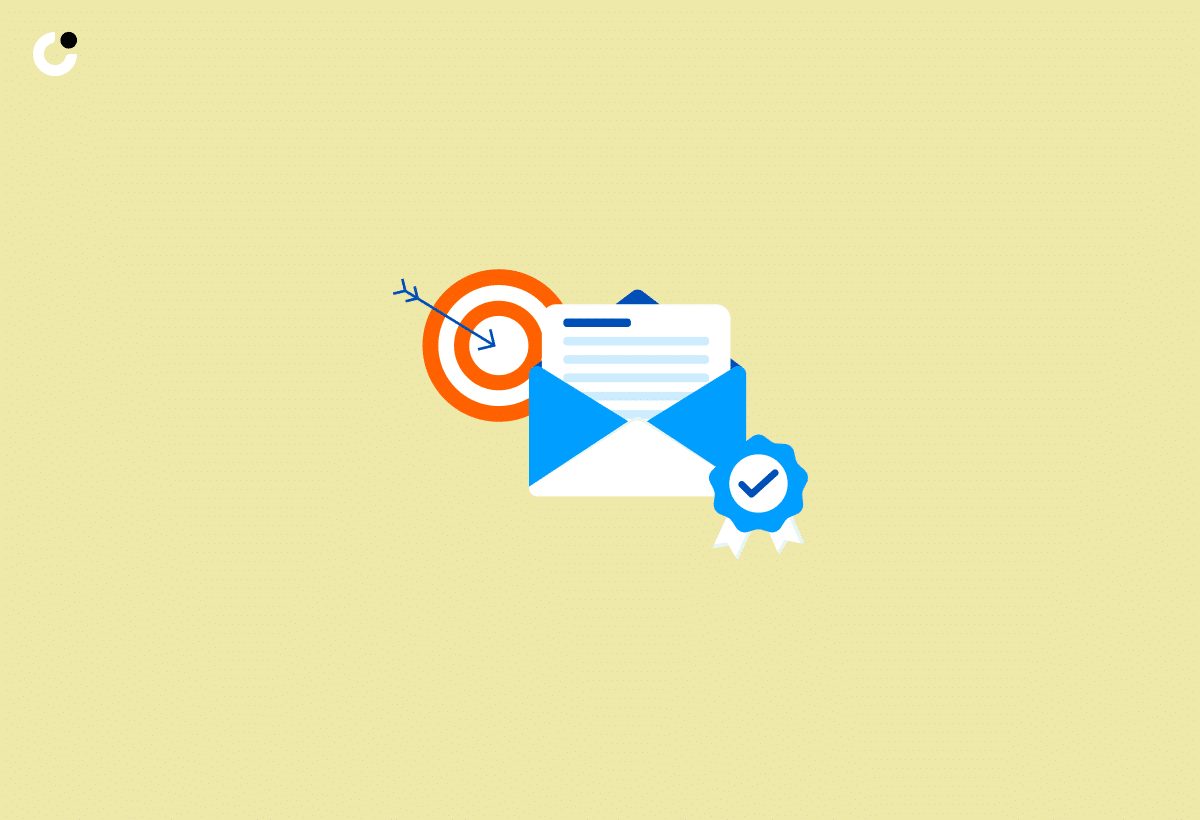Mastering the art of follow-up cold emails can significantly increase your chances of engaging and converting prospects. With overflowing inboxes and short attention spans, it’s no longer enough to send a single, well-crafted email and hope for the best. In this blog post, you’ll discover strategies for creating effective follow up cold email no response strategies, timing them perfectly, analyzing your target audience, and automating the process for optimal results.
Key Takeaways
- Craft an effective follow-up cold email by creating a compelling subject line, personalizing the message and providing value.
- Automate your process to save time, provide regular dialogue with prospects and enhance sales initiatives.
- Avoid aggressive behavior in emails and proofread before sending for successful business communication.
The Art of Crafting a Follow-Up Cold Email
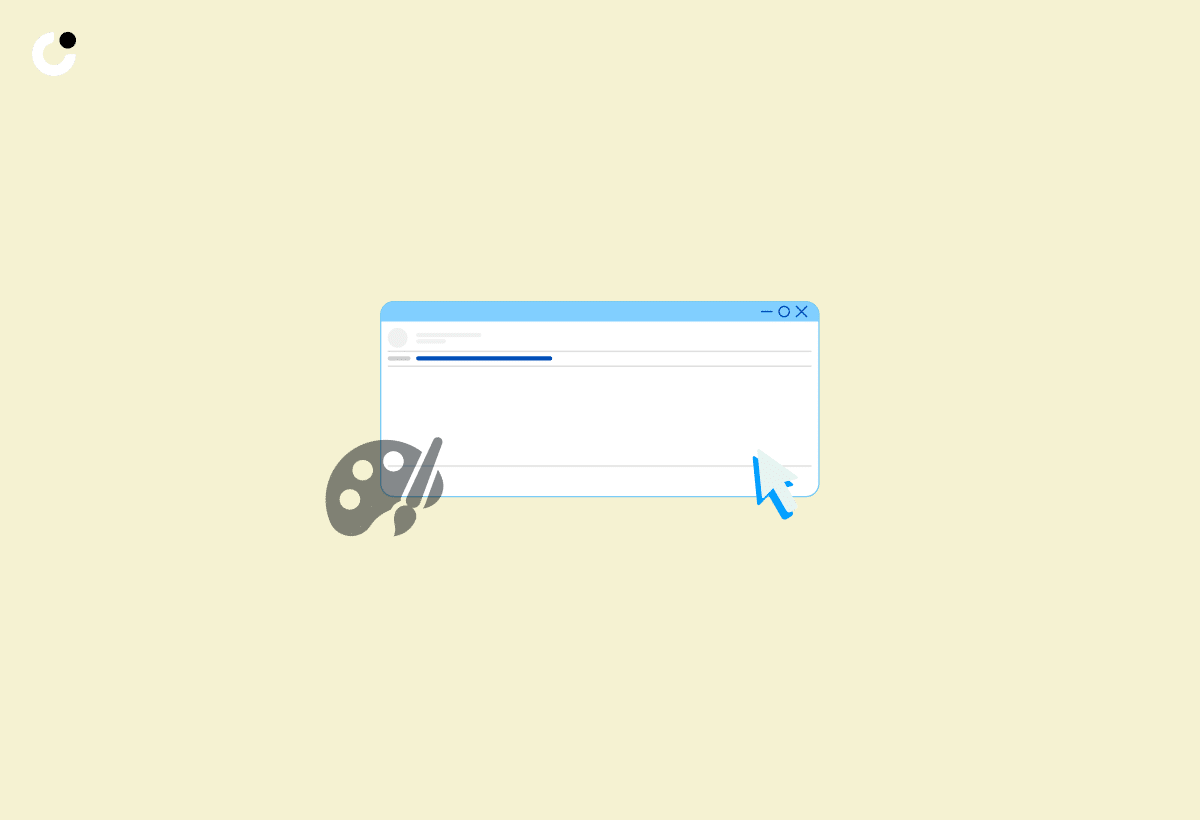
Writing a compelling follow-up cold email involves a carefully considered subject line, personalizing the message, and providing value to the reader. These components help your message to stand out amid a sea of inbox clutter and prompt a response.
We will now outline strategies for creating engaging subject lines, personalizing your follow-up emails, and providing value to your prospects.
Subject Line Strategies
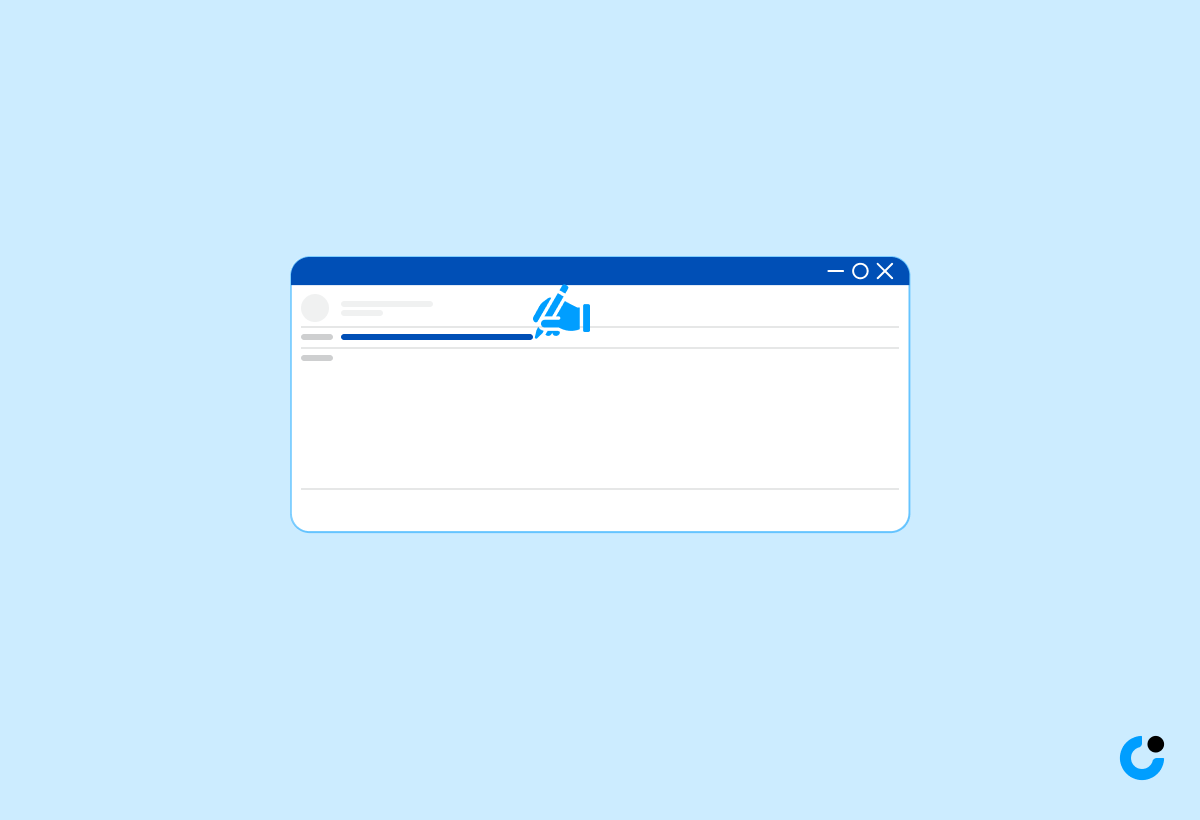
The subject line plays a critical role in your follow-up email’s success, as 47% of recipients open an email and 69% mark it as spam based solely on the subject line. Creating an engaging subject line plays a significant role in boosting open rates and piquing the recipient’s curiosity.
To create an attention-grabbing subject line, consider personalization, posing a question, or incorporating numbers or statistics. Avoid using cliché phrases such as “Follow-up” or “Just checking in” as these can lead to lower open rates.
For real-time feedback and suggestions to optimize your subject line’s deliverability and readability, consider using Mailshake’s Email Copy Analyzer.
Personalizing Your Follow-Up

Including personalized elements in follow-up emails helps foster a connection with the recipient and tailors the content specifically to their needs or preferences. Start by addressing the recipient by name, using greetings such as “Hey David,” “Dear [name],” or “Hi [name]”.
To further customize the introduction of your follow-up email, incorporate personal information about the recipient, demonstrating genuine interest and that you’ve done your research. To optimize your time when preparing and scheduling highly-personalized follow-ups, consider using Hunter Campaigns.
Delivering Value
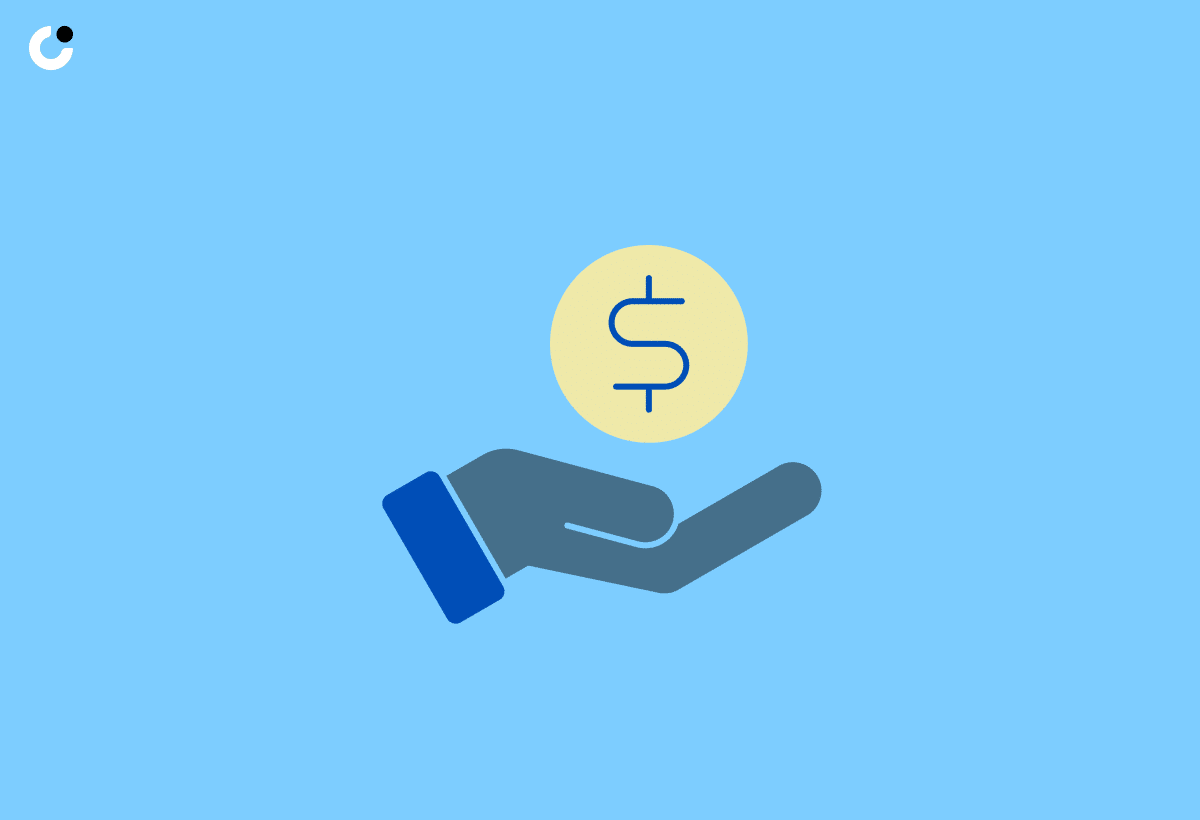
Beyond personalization, incorporating value in your follow-up email is key to prevent the recipient from deeming it irrelevant or time-wasting. The primary focus of your follow-up email should be centered on the prospect and their needs.
To add value to your follow-up email, consider including:
- Physical items
- Webinars
- Case studies
- Templates
- Other digital resources
Mentioning a company in your follow-up email can also provide social proof and make the recipient more familiar with your offering.
Timing Your Follow-Up Emails

Timing plays a significant role when dispatching follow-up emails. If sent too early, your email might be perceived as overly aggressive and spammy. On the other hand, if the follow-up is delayed, prospects may lose interest, and communication may not be established. A well-timed missed call can serve as a reminder for the recipient to check their inbox and engage with your follow-up emails.
We will now outline methods for scheduling your initial follow-up email and the ones that succeed it, promoting consistent and timely communication with your prospects.
First Follow-Up Timing
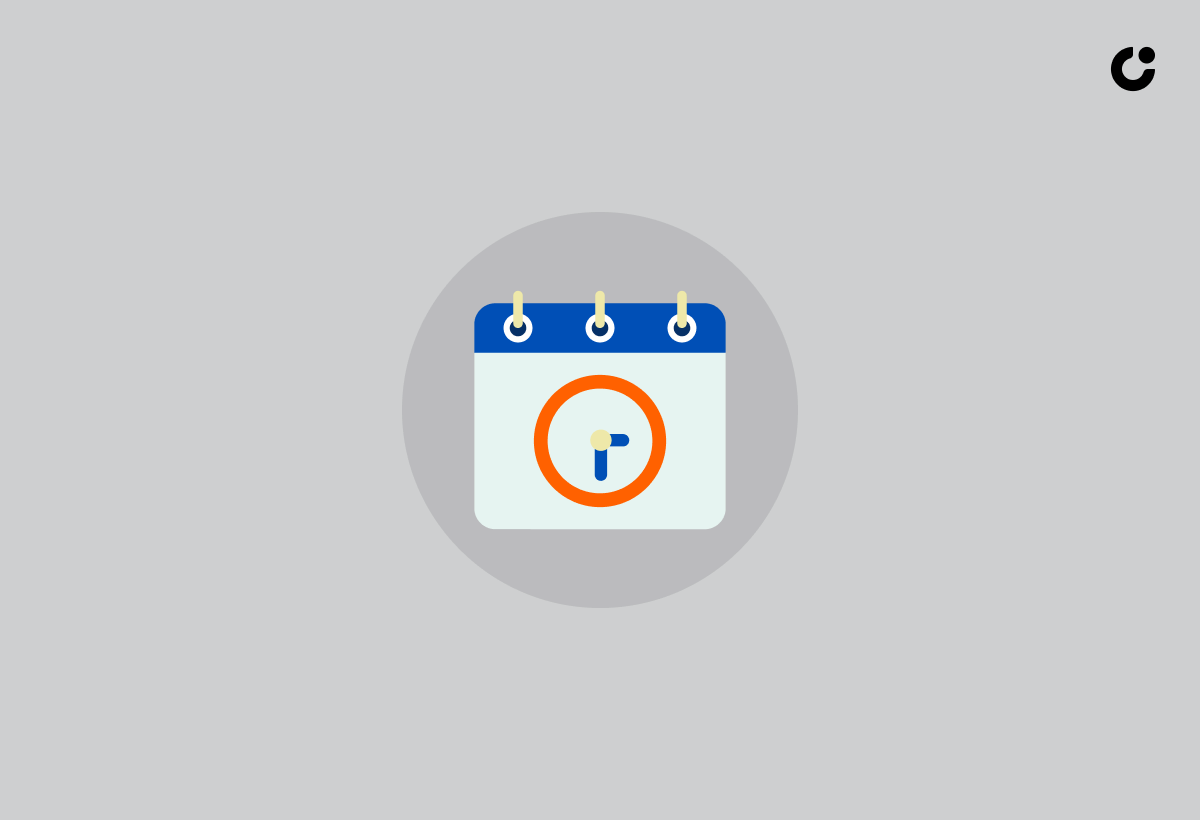
Sending the first follow-up email within 2-5 business days after the initial email is essential for maintaining interest and engagement. Research shows that this timing can lead to a reply rate up to 40% higher than the initial email. By waiting 2-5 business days, you convey eagerness to hear back without being overly pushy or impatient.
Studies by Harvard and Edison Mail support the 2-5 business days timing for sending an email after no response, finding it to be the most effective in terms of response rate for initial follow-up emails. This timing strikes the perfect balance between persistence and patience.
Subsequent Follow-Ups
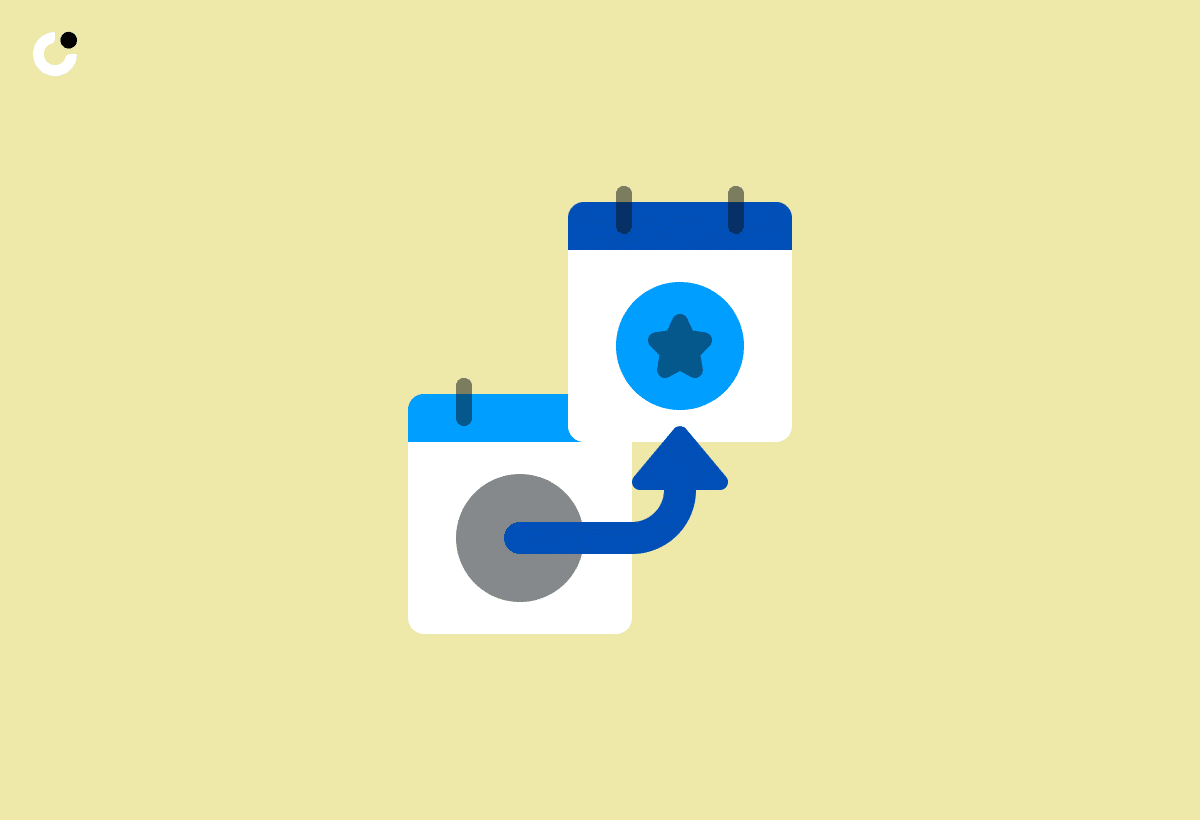
After sending the first follow-up email, it’s important to space out subsequent follow-up emails to avoid overwhelming the recipient and allowing time for a response. It’s recommended to send follow-up emails 2-3 times, with each email spaced out by approximately 2 to 5 days.
When sending follow-ups for a link building campaign, it’s crucial to limit follow-ups to one in order to avoid too many follow ups, which can irritate potential partners and ensure that links are not missed. Experiment with the timing of your follow-up emails and adjust as needed to optimize response rates.
Analyzing Your Target Audience

Understanding your target audience is a key aspect of constructing impactful follow-up emails. Gaining an understanding of your audience allows you to tailor your follow-up emails based on industry insights and the recipient’s familiarity with your brand or offering.
We will now share methods for collecting industry data and gauging prospect familiarity, ensuring your follow-up emails engage your target audience.
Industry Insights

Researching industry trends and insights can help you create relevant and valuable follow-up emails for your target audience. By gaining knowledge of the current trends and insights in your industry, you can:
- Design emails tailored to the requirements and interests of your prospects
- Provide valuable information and solutions that address their pain points
- Establish yourself as an industry expert and build trust with your audience
This will ultimately lead to higher engagement and conversion rates for your email campaigns.
To gather reliable industry insights, consider sources such as Service Industries, Consumer Goods, Demographics, Food & Beverage, Heavy Industry, Life Science, and Public Sector. Additionally, Forrester, Gartner, and BCC Research provide comprehensive research and analysis on IT-related research, B2B and consumer-focused technologies, e-commerce, and global market research.
Prospect Familiarity
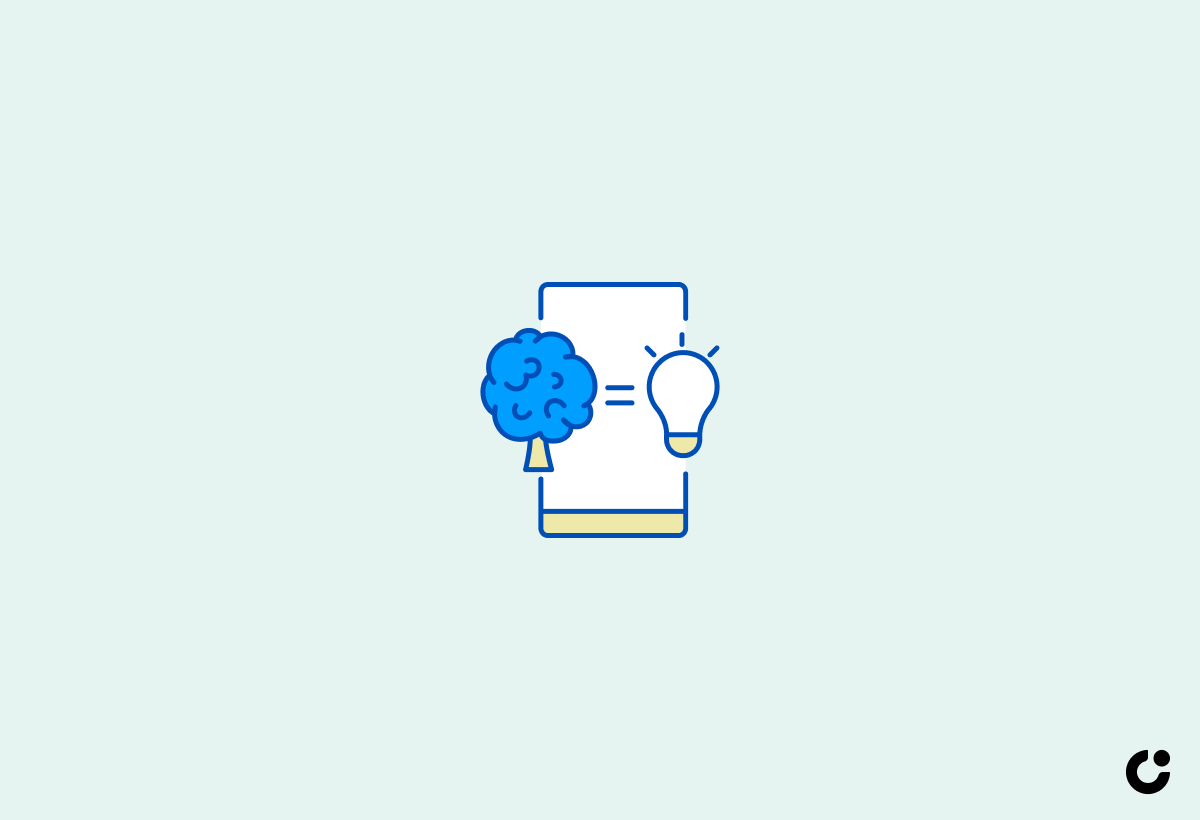
When crafting follow-up emails, it’s essential to consider the recipient’s familiarity with your brand or offering in order to ensure the message is effective. Elements such as:
- Brand awareness
- Frequent communication
- Emotional connections
- Relevance
- Product quality
- Understanding of a company’s priorities and direction
All can contribute to a prospect’s familiarity with your brand.
Adjust the style and tone of your follow-up emails based on the prospect’s familiarity. For prospects familiar with your brand, use a more relaxed and personalized approach. Conversely, if the prospect is not familiar with your brand, utilize a more professional and informative tone to establish credibility.
Examples of Effective Follow-Up Emails

Potent follow-up emails are key in sustaining dialogue with prospects and prompting a reply. In this article, we will present three follow up email examples: The Reminder, The Value-Add, and The Alternative Contact.
Example 1: The Reminder

The Reminder is a simple and polite follow-up email that serves to remind the recipient of your previous email interaction and offering. In crafting your reminder email, maintain a respectful tone and focus on the prospect’s needs or pain points.
Start by listing some key points from the previous message, perhaps mentioning the brief phone call, and provide a brief overview of your product or service, highlighting any key details or benefits.
Example 2: The Value-Add

The Value-Add follow-up email offers additional value, such as resources or solutions, to address the recipient’s needs or pain points. By providing valuable content, you demonstrate your commitment to helping the prospect and increase the likelihood of a response.
Examples of value-add content include:
- Relevant articles
- Industry reports
- Case studies
- Personalized tips
- Success stories
- Testimonials from other clients
Consider the prospect’s pain points and needs when selecting the resources or solutions to include in your follow-up email.
Example 3: The Alternative Contact

The Alternative Contact follow-up email suggests contacting another person within the recipient’s organization if they are not the appropriate contact. To determine the right person to suggest as an alternative contact, you can:
- Visit the company’s website
- Search for the person on social media
- Use email-finding services
- Inquire directly with the recipient
Be sure to remain polite and professional in your email and provide a clear explanation of why you are suggesting an alternative contact.
Avoiding Common Mistakes in Follow-Up Emails

Steering clear of common errors in follow-up emails can give you a competitive edge, surpassing nearly 48% of your peers. We will now address two common missteps to sidestep in your follow-up emails: adopting an overly assertive tone and disregarding proofreading.
Don't Be Overly Aggressive
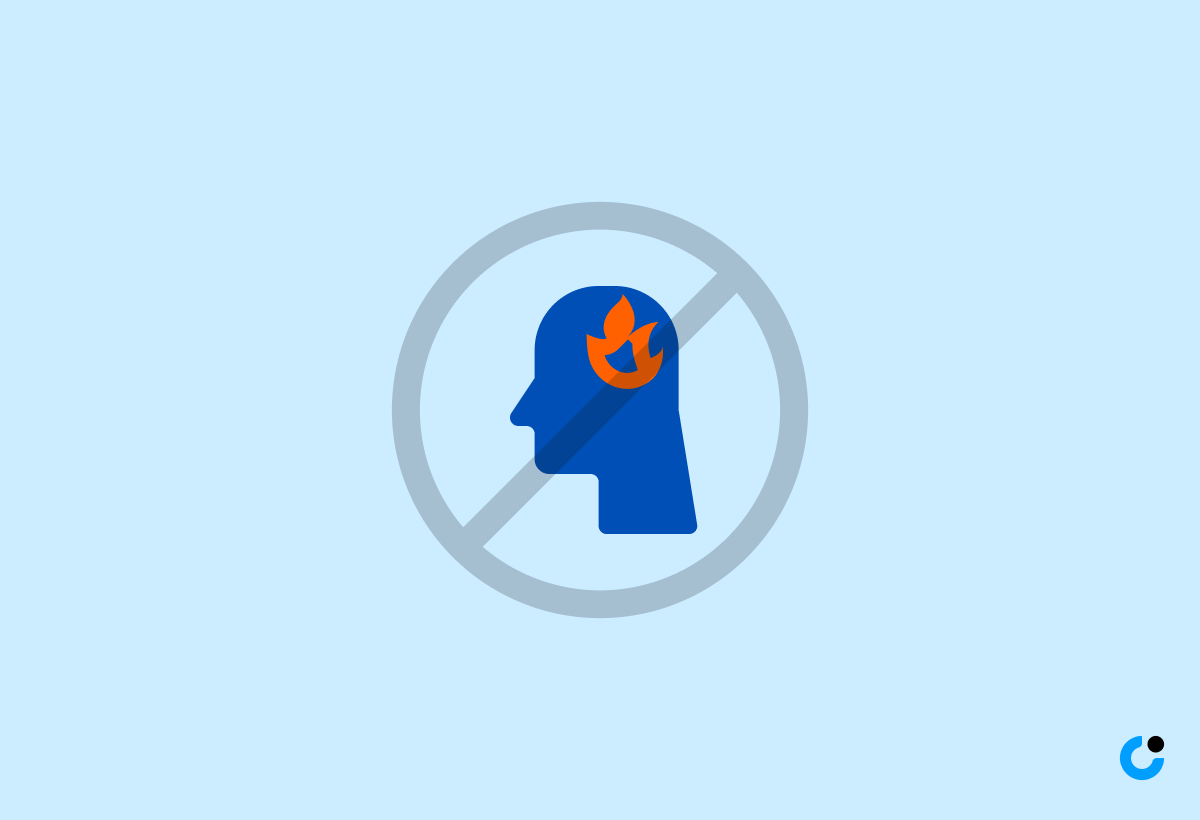
Aggression in emails can negatively impact business relationships, generate a hostile environment, and lead to missed opportunities and potential partnerships. To maintain a professional and respectful tone in your follow-up emails, use polite language, avoid aggressive language, and refrain from making assumptions or jumping to conclusions.
Consider the recipient’s perspective and be considerate of their time. Balance persistence with patience and focus on delivering value to your prospect.
Don't Neglect Proofreading
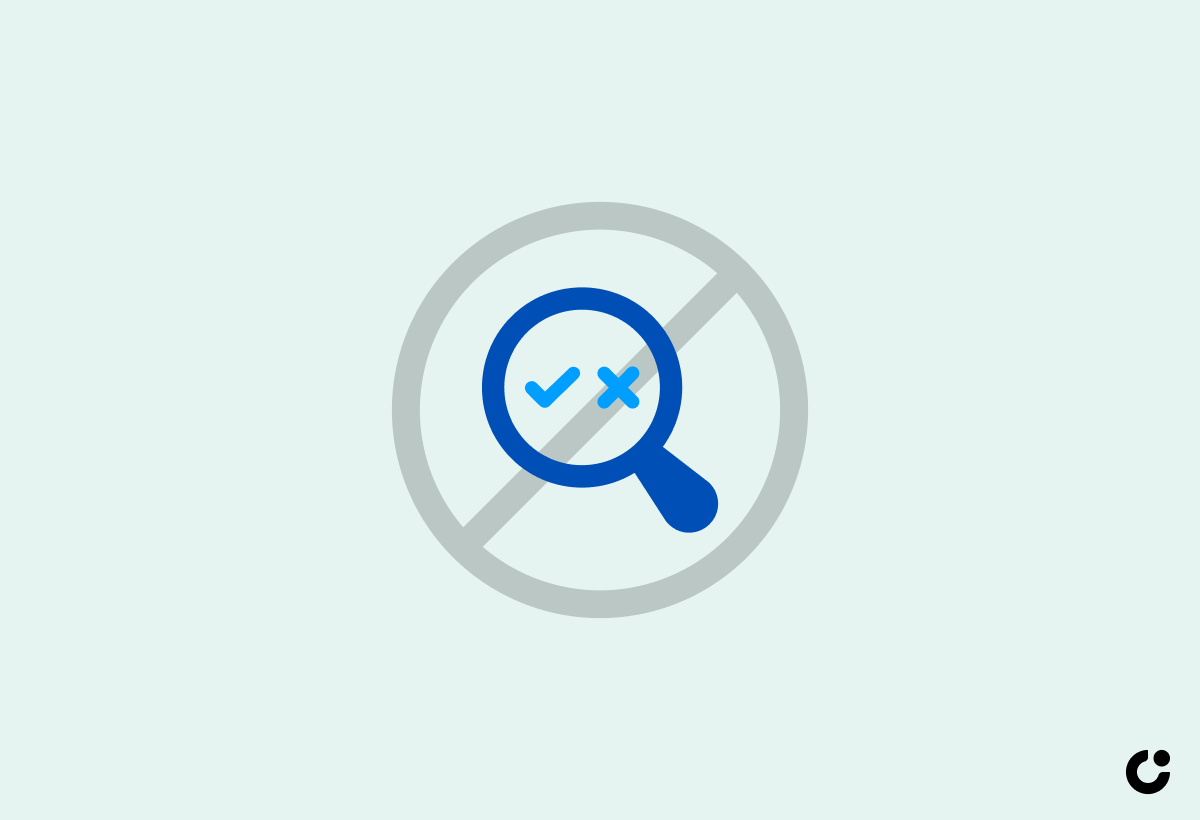
Proofreading is essential to ensure that your follow-up emails are free of typos, grammatical errors, and awkward phrasing. By guaranteeing your email is free of errors and composed effectively, you increase the likelihood of receiving a response.
Effective proofreading techniques for business communication include:
- Taking a break from the document before reviewing
- Printing a hard copy
- Reading aloud
- Adhering to company style standards
- Eliminating unnecessary words or information
Ensuring your follow-up emails are polished and professional can make all the difference in generating a response. Learning to write follow up emails using a well-crafted follow up email template can help you achieve this goal.
Automating Your Follow-Up Email Process

Implementing automation in your follow-up email process can afford you:
- Time
- Regular and timely dialogue with prospects
- Multichannel outreach messaging
- Personalization
- Enhanced sales initiatives
We will now talk about cold email automation tools and how to configure automated sequences for achieving the best outcomes.
Cold Email Automation Tools

Cold email automation tools, such as:
can streamline and automate your follow-up email process. These tools offer features such as workflow automation, email deliverability monitoring, and follow-up email automation to help you stay on top of your outreach efforts.
For example, Mailshake provides features like workflow automation, email deliverability monitoring, and follow-up email automation, allowing you to set up workflows, track leads, and receive immediate notifications. With the right tools in place, you can ensure your follow-up emails are sent consistently and promptly.
Setting Up Automated Sequences

Setting up an automated follow up sequence ensures that follow-up emails are sent at appropriate intervals, ensuring consistent and timely communication with your prospects. A well-designed follow up sequence, like the one offered by Saleshandy, allows you to create and activate a sequence for sending automated follow-up emails.
To create a sequence in Saleshandy, follow these steps:
- Navigate to the ‘Sequences’ section.
- Click the ‘Create Sequence’ button.
- Click the ‘Add Step’ button.
- Set up your sequence.
- Toggle the ‘Activate Sequence’ switch to initiate the automated process of sending emails with appropriate time intervals between each email for improved deliverability.
Summary
In conclusion, mastering the follow-up cold email process is essential for engaging and converting prospects in today’s competitive business landscape. By crafting compelling subject lines, personalizing your emails, delivering value, timing your follow-ups correctly, analyzing your target audience, and automating the process, you can significantly increase your chances of success.
As you continue to refine your follow-up email strategy, remember to be persistent yet patient, professional yet personable, and always focused on delivering value to your prospects. With these strategies in place, you’ll be well on your way to mastering the art of the follow-up cold email and turning prospects into loyal customers.
Frequently Asked Questions
What is the ideal timing for sending the first follow-up email after the initial email?
Send the first follow-up email within 2-5 business days to keep engagement high.
How many follow-ups should be sent to a prospect?
It is recommended to send 2-3 follow-up emails spaced out by 2-5 days.
What are some examples of cold email automation tools?
Popular cold email automation tools include SalesBlink, Folderly, Woodpecker, Reply.io, Mailshake, Lemlist, Overloop, and Mixmax.
How can I add value to my follow-up emails?
In your follow-up emails, add value by including helpful resources such as relevant articles, industry reports, case studies, personalized tips, success stories, or testimonials from other clients. Use a professional tone and a clear conclusion in the first sentence to make a connection with the reader.
What are some effective proofreading techniques for business communication?
To effectively proofread business communication, take a break before reviewing, print a hard copy, read aloud, adhere to company style standards, and eliminate unnecessary words or information.

